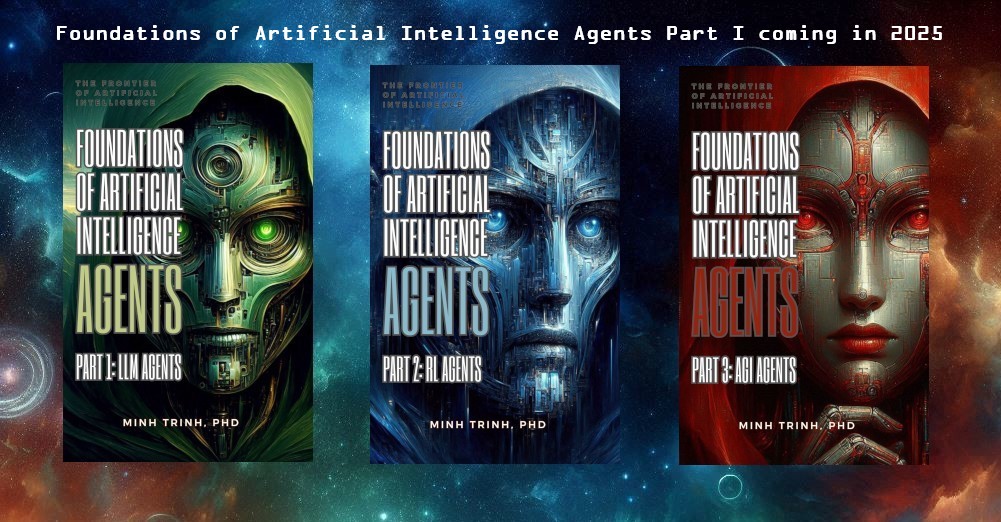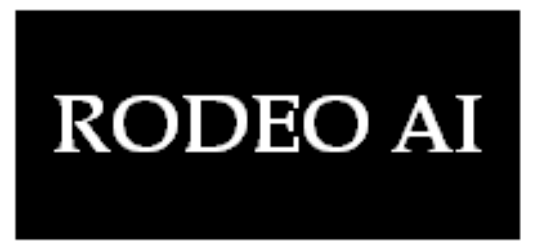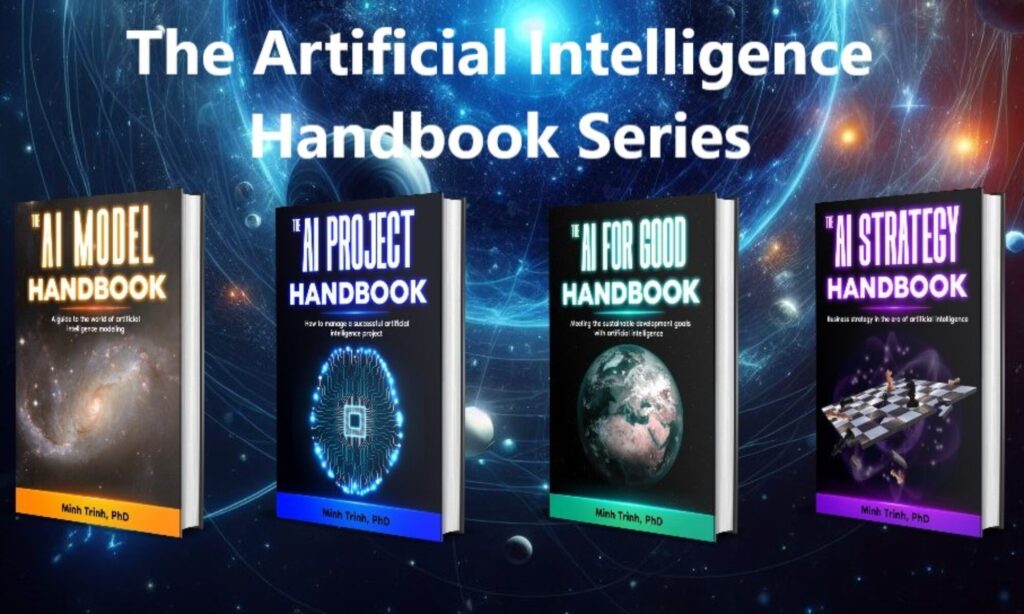
The Artificial Intelligence Handbook Series comprises four volumes, each serving a distinct purpose. The AI Project Handbook serves as your comprehensive guide to effectively managing an AI project from its initiation to completion. Moving on to the second volume, The AI Model Handbook delves deeply into various machine learning models and algorithms employed in AI applications. The third volume, The AI Strategy Handbook, explores the realm of business strategy and demonstrates how AI can be leveraged for a competitive advantage. Finally, the fourth volume, The AI for Good Handbook, investigates the ways in which AI can contribute to achieving sustainable development goals and fostering a positive impact on the world.
Whether you are an experienced AI professional or a newcomer to the field, this series proves to be an invaluable resource for ensuring success in your AI projects.
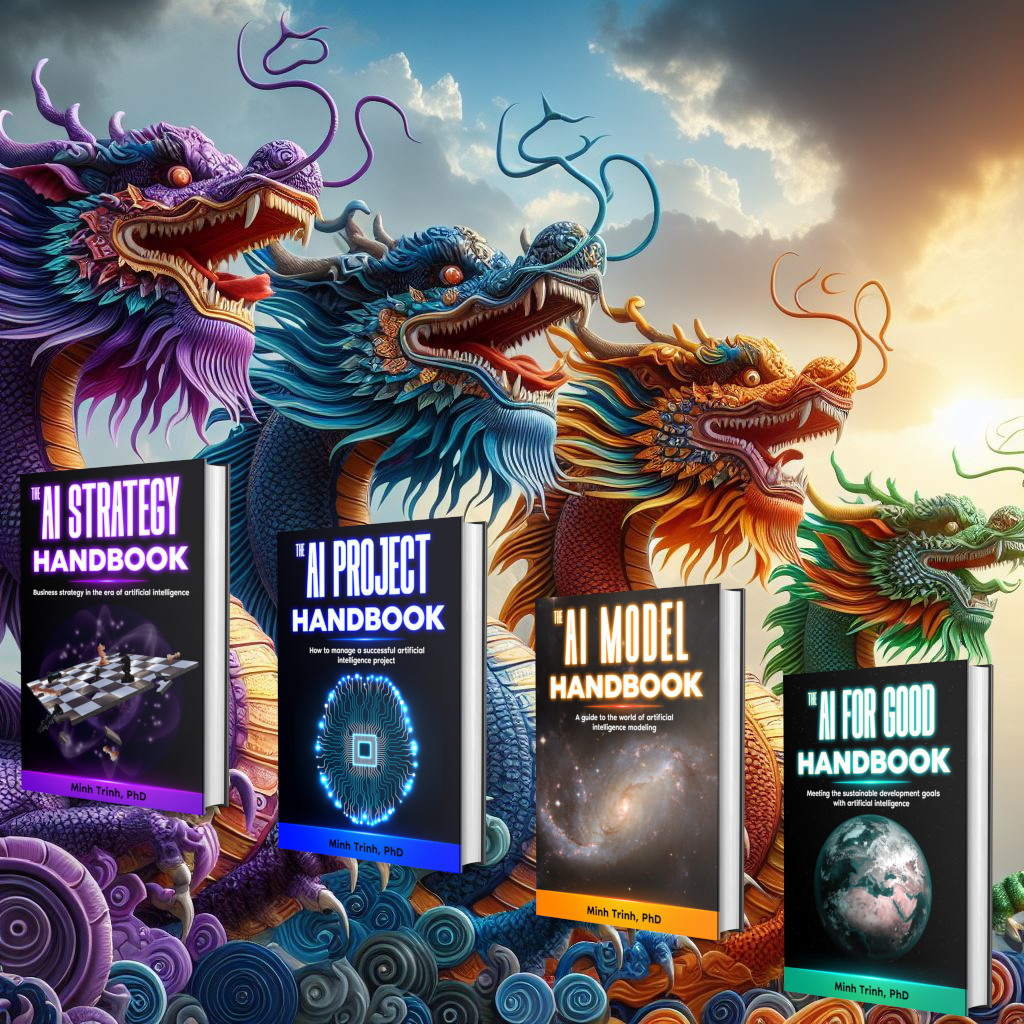
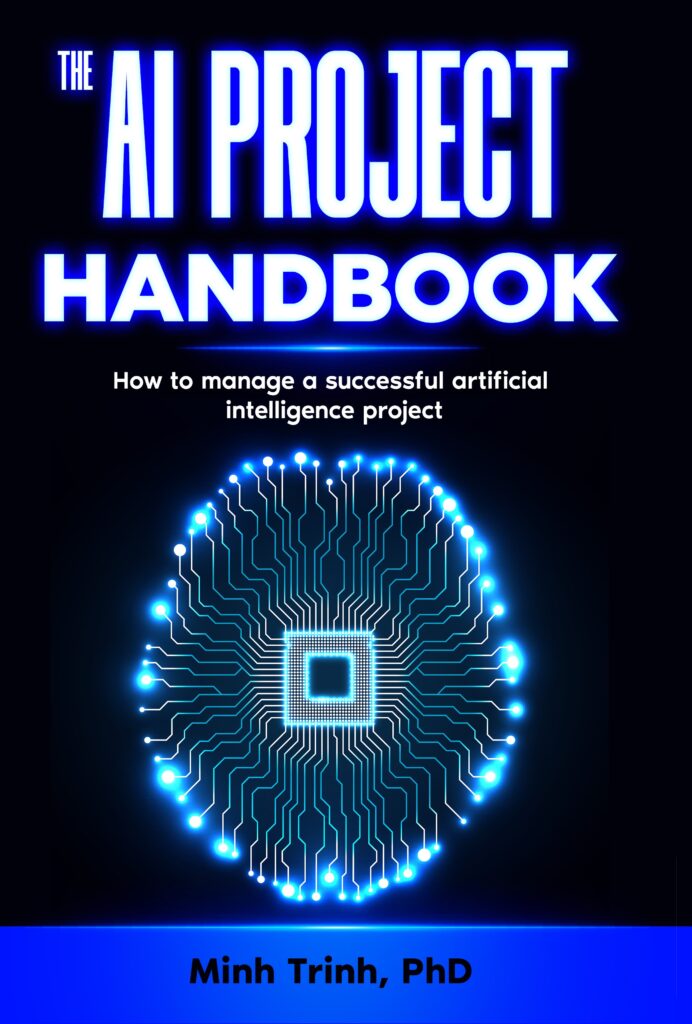
The AI Project Handbook is your guide to managing a successful AI project from start to finish. With its focus on project management, this book covers all the essential components of AI, from setting clear objectives to organizing the project in the most effective way.
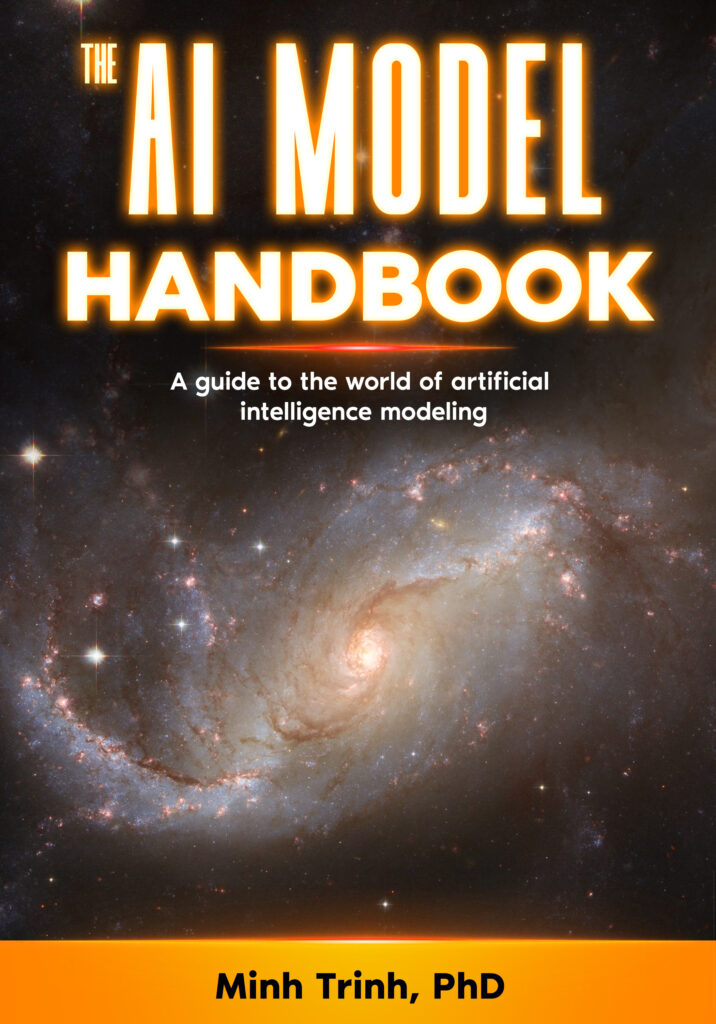
Dive into the world of artificial intelligence and machine learning with the AI Model Handbook. Covering the most common models and techniques used in production, this book explains complex concepts in a non-technical way, making them accessible to anyone with an interest in AI.
From supervised and unsupervised learning to deep learning and natural language processing, this book covers a wide range of topics, including computer vision, generative adversarial networks, graph neural networks, recommender systems, and causal inference. With its engaging and informative content, this book is the perfect introduction to the exciting world of AI and machine learning.

The AI Strategy Handbook is a guide to business strategy and applications of artificial intelligence. The first part introduces the strategy analysis framework, describes business and corporate strategies with AI, the digital value chain, and innovation strategy with AI. The second part of the book goes over some concrete examples of AI adoption and strategy in different sectors, from technology, media, and entertainment to manufacturing, and financial services.
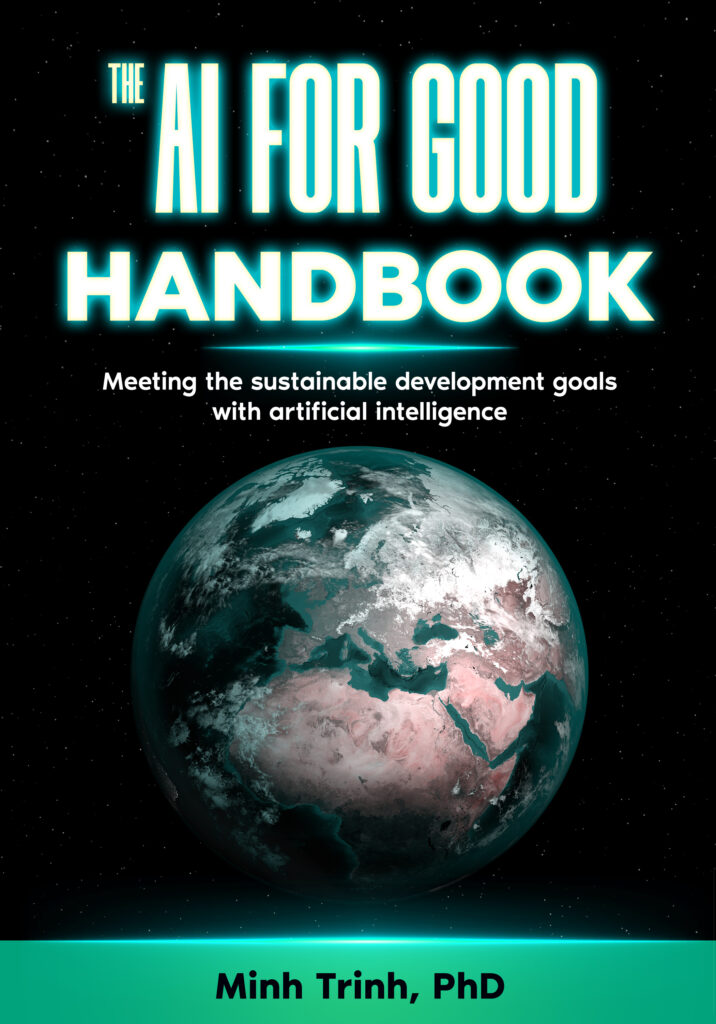
In 2015, the United Nations General Assembly set out 17 sustainable development goals to be achieved by 2030. These goals, ranging from ending poverty and hunger to promoting gender equality and protecting the environment, offer a roadmap for creating a more sustainable and equitable world. In the AI for Good Handbook, we explore how artificial intelligence can be harnessed to help us achieve these goals.
From using machine learning algorithms to detect and prevent disease, to developing smart cities that use clean energy and promote sustainable living, the potential applications of AI for sustainable development are numerous and exciting. But we must also be mindful of the potential drawbacks and ethical concerns that come with the use of this powerful technology.
In this book, we delve into the ways in which AI can support and enhance our efforts to achieve the sustainable development goals. We also discuss the challenges and considerations that must be taken into account as we strive to use AI for the greater good. By exploring the intersection of AI and sustainable development, we hope to provide a comprehensive and thought-provoking look at this important topic.
